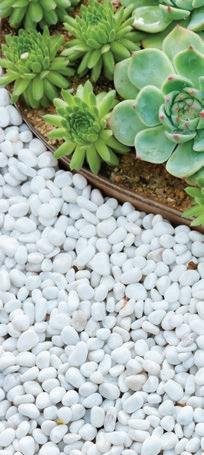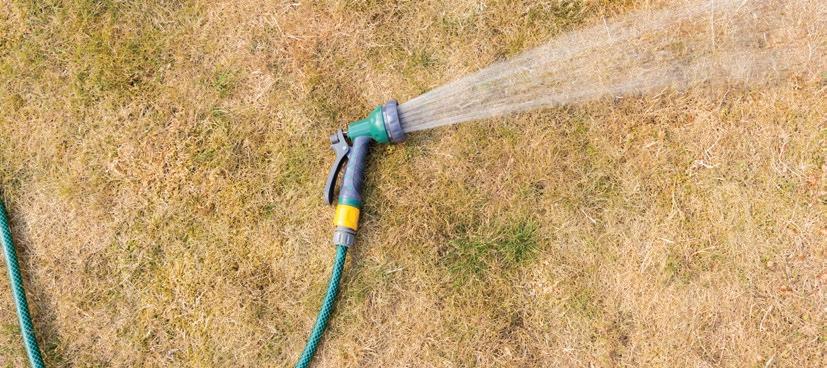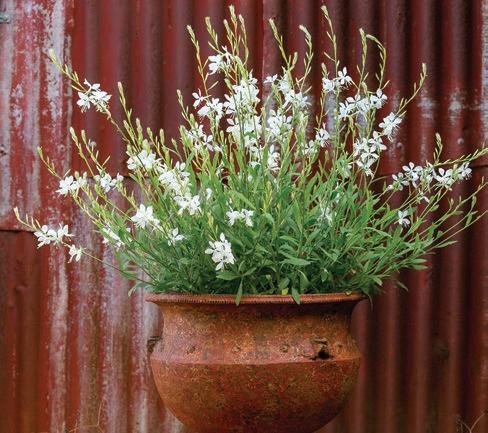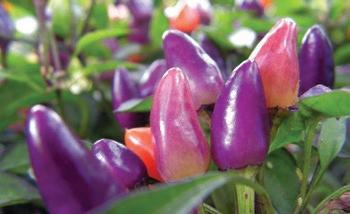
3 minute read
Cacti & succulents
Cacti & succulents are known for their hardiness and water wise habits, but they still need a little love and attention. Here are the simple rules to keep them looking their best.
Planting cacti & succulents
Both cacti and succulents like embedding their roots in an open texture, free draining mix allowing optimal aeration. Most varieties are not fertiliser hungry, although they do require some nutrition for healthy growth and better blooms. Searles Cacti & Succulent Specialty Mix is a specifi cally designed soil mix which provides excellent drainage and is boosted with long term 12 month fertiliser. This mix can be used in pots or in garden beds where cacti & succulent are planted.
Light requirements
Cacti & Succulents love light and need about six hours of sun per day, depending on the variety of plant. Poor exposure to sunlight will reduce its fl owering ability and make a better home for pests and disease, especially aphids and mealybugs. Their leaves and succulent branches can become pale-skinned with elongated stems or stunted leaves on spindly stems. Choose a sunny position for best results.
Watering cacti & succulents
Many cacti & some succulents positively fl ourish on minimal moisture, due to their internal mechanisms for water storage. Although many succulents will perform better and produce more fl owers with regular watering. Check the plant label of your succulent for watering guidelines. If starved of water, leafy succulents shed their leaves. If they still don’t receive any water, they will slowly die, starting from leaf tip. Water starved cacti will shrink into dormancy. Both will rejuvenate quickly once watered.
Fertilising cacti & succulents
Fertilising is simple and should not be overdone. Applying Searles Flourish Cacti & Succulent Soluble Plant Food during Spring and Autumn should provide them with all the food they need.

Pests & diseases of succulents
Cacti & succulents are remarkably resistant to attack by pests and diseases if given the correct amount of sunlight, water and fertiliser. Their tough leaves and stems discourage boring and sap-sucking insects and the dry atmosphere in which they grow makes it impossible for moisture-loving fungal diseases to proliferate. Plants grown indoors should be checked for scale, aphids and mealybug.
Cacti and succulents can be affected by mealybug, red spider mite, scale, whitefl y, snails and slugs. They can also be attacked by rodents and caterpillars, which nibble on fl eshy plants. Mealybug on desert rose Mealybug can affect both the top of the plant and the roots. This insect is usually covered in a powdery white deposit which creates a sticky honeydew. This honeydew attracts ants which can help spread the mealybug from plant to plant. Mealybug can be controlled by using a systemic pesticide such as Searles Conguard.
Brown scars on plants can be a sign of red spider mite, which can be easily treated with Searles Wettable Sulphur. Cacti and succulents can also suffer from fungal diseases. Over watering, poor drainage or damp conditions can cause stem or root rot. Sooty mould can also attack plants damaged or weakened by very wet conditions. Provide ideal growing conditions to help avoid these problems.
A little prune
Some succulents especially spreaders and ones with height may need a light prune to keep them in check. The time to prune is late Winter and early Spring. Using a sterile pairs of secateurs or a knife and wear gloves, lightly remove unwanted branches. These branches can be used as cuttings to strike new plants.













